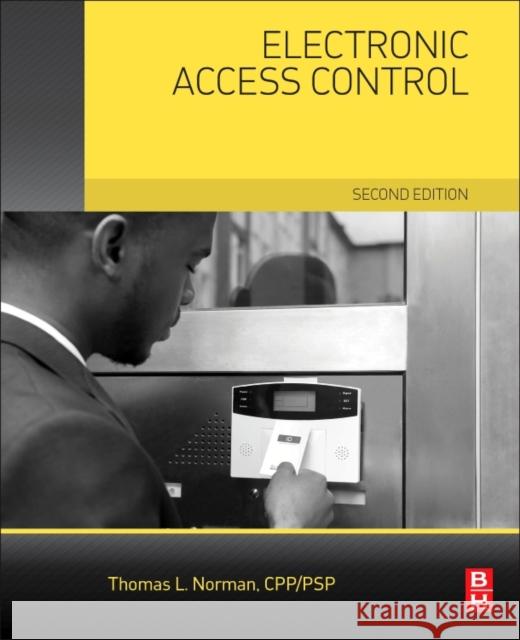Electronic Access Control » książka
topmenu
Electronic Access Control
ISBN-13: 9780128054659 / Angielski / Miękka / 2017 / 576 str.
Kategorie:
Kategorie BISAC:
Wydawca:
Butterworth-Heinemann
Język:
Angielski
ISBN-13:
9780128054659
Rok wydania:
2017
Ilość stron:
576
Waga:
1.13 kg
Wymiary:
23.37 x 19.05 x 2.79
Oprawa:
Miękka
Wolumenów:
01
Dodatkowe informacje:
Bibliografia
Wydanie ilustrowane
Wydanie ilustrowane











